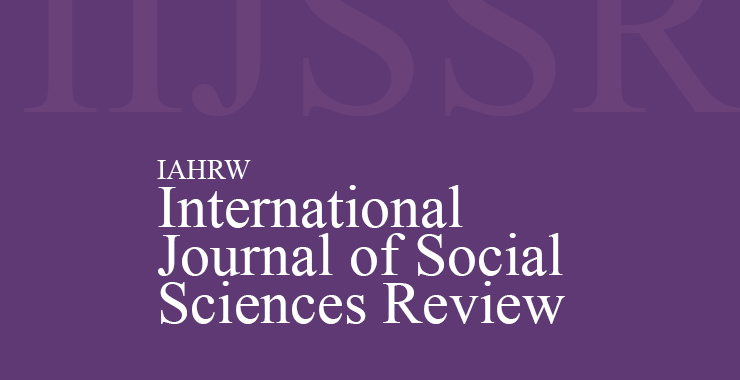The Effect of Socio-cultural Barriers on Access to Health Services by Disabled Children in Gulu District, Uganda
Original price was: ₹ 201.00.₹ 200.00Current price is: ₹ 200.00.
Page: 805-813
Komakech Samuel1, Judy Wambui Mwangi2, and Charles Mogote3 (Pajule Catholic Church, P.O Box 31, Pader, Pader, Uganda1, Department of Sociology, Gender and Development Studies, Kenyatta University, Kenya2, Department of Social and Development Studies, Mount Kenya University, Kenya3)
Description
Page: 805-813
Komakech Samuel1, Judy Wambui Mwangi2, and Charles Mogote3 (Pajule Catholic Church, P.O Box 31, Pader, Pader, Uganda1, Department of Sociology, Gender and Development Studies, Kenyatta University, Kenya2, Department of Social and Development Studies, Mount Kenya University, Kenya3)
The study sought to analyse the barriers to access to healthcare services by disabled children. Nodding syndrome has consequences on children’s wellbeing with twofold effects on physical and mental health decline. Theoretically, the social model of disability by Mike (1983) is short of strategies to address intersectionality with gender, and conceptually, there is an apparent lack of the combined results of multiple disabilities on disabled children. The specific objectives included: – analyse the effects of financial barriers on access to healthcare services by disabled children in Gulu district; analyse the effects of geographical barriers on access to healthcare services by disabled children in Gulu district; analyse the effects of health infrastructural barriers on access to healthcare services by disabled children in Gulu district; and analyse the effects of socio-cultural barriers on access to healthcare services by disabled children in Gulu district. The study revealed 89.7% of respondents agreed that financial constraints significantly affected healthcare access for disabled children, 87.5% of the respondents cited long distance to health facilities followed by 81.7% of respondents who reported geographical barriers, 87% of respondents agreed that health infrastructural resources, followed by 83.9% who reported on few well trained workforce to handle children with disabilities, 68.9% health education, followed by 58.1% who revealed that cultural barriers influence access to health services by disabled children. The study is significant because it helps understand disability, a complicated and multi-dimensional phenomenon. Thus, advancing strategies to overcome it, improving health outcomes, and optimizing healthcare systems.

